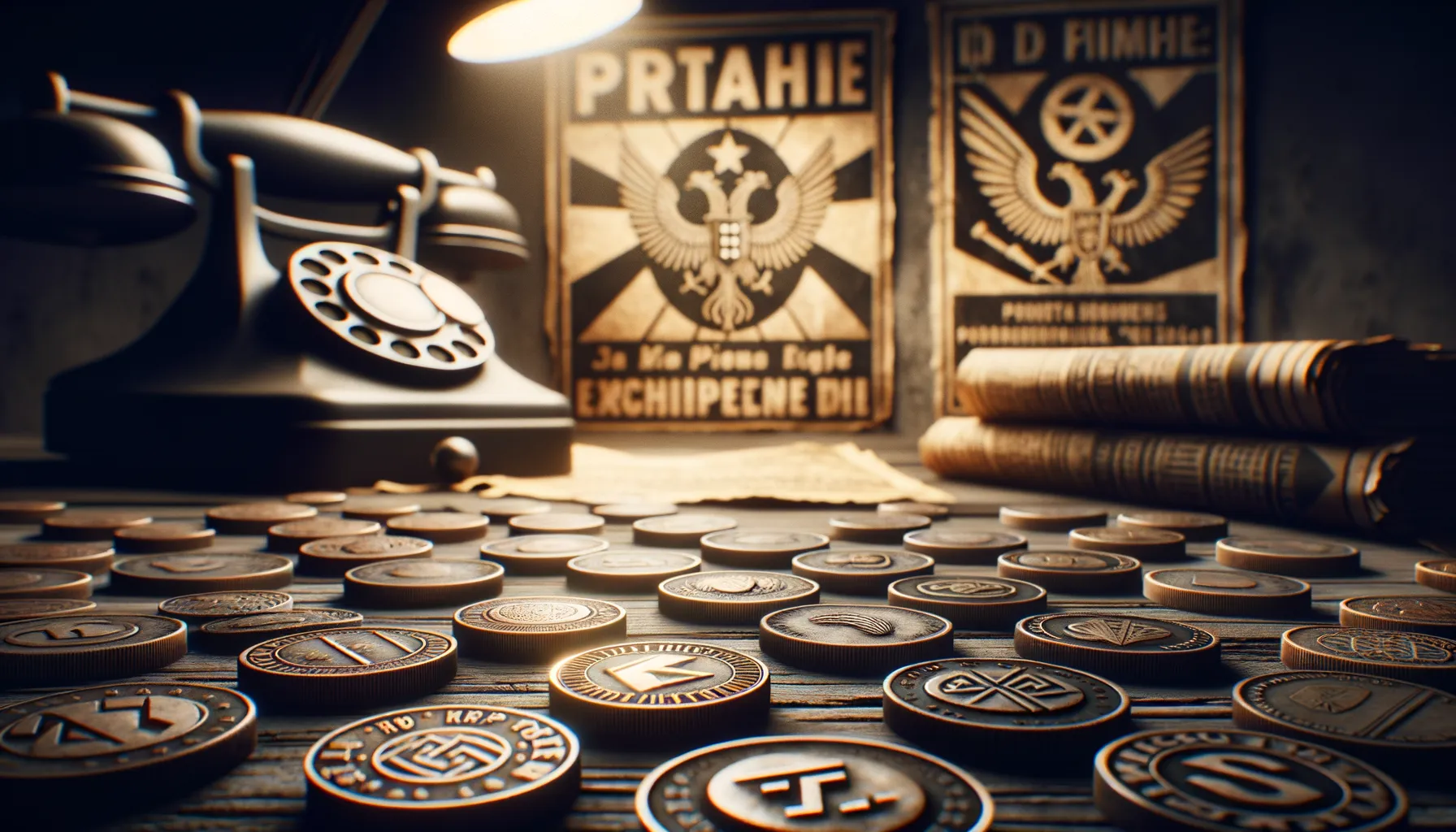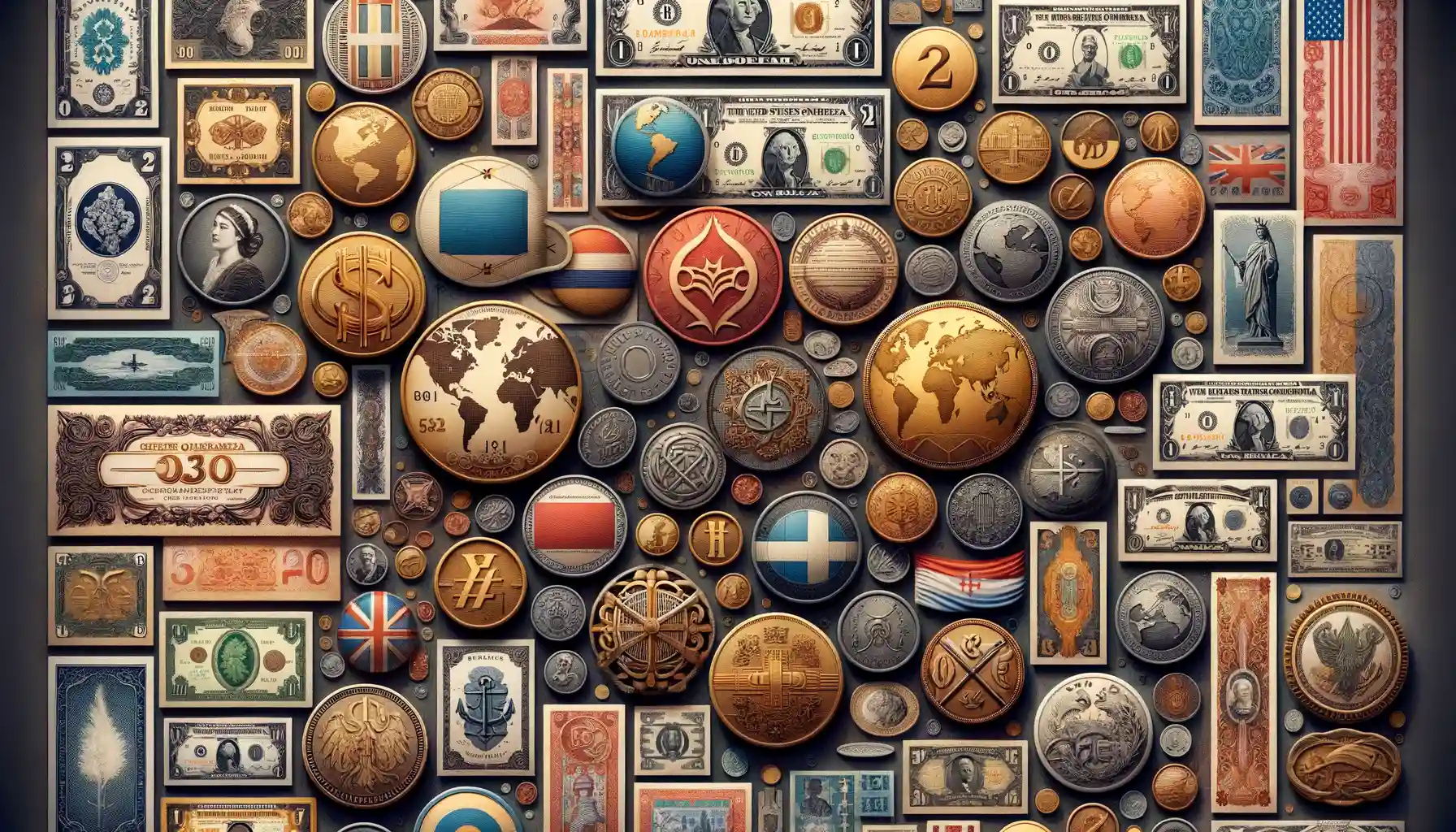Historical Context of Political Symbols on Coins
The Birth of Political Narratives in Coin Design
Coins are more than shiny bits of metal; they’re tiny time machines whispering stories from the past. Their surfaces have long carried more than just monetary value—these miniature canvases tell tales of power, ambition, and ideals. The history of political symbols on coins is a fascinating one, tied to moments where rulers and governments sought to legitimize or immortalize themselves.
Picture this: the Roman Empire at its zenith. Coins weren’t just stamped with the emperor’s face—they were bold statements of authority. Augustus ensured his likeness appeared everywhere, embedding himself into the very fabric of daily life. Political genius? Absolutely. The coins carried not-so-subtle messages like peace through conquest or divine favor, making them the ancient world’s version of a 24/7 propaganda campaign.
- The Greek city-states, for example, minted coins featuring fierce animals like lions and owls, projecting strength, wisdom, or divine patronage.
- Medieval kings adopted religious symbols, sanctifying their rule with crosses or saints’ visages.
From revolutionary France displaying the allegory of liberty to modern states embedding their ideologies into coinage, symbols have always spoken louder than words.
Analyzing Political Ideologies Through Coin Art and Inscriptions

Unlocking Political Messages Hidden in Coin Designs
Picture this: a simple coin slipping through your fingers might seem like an everyday event. But if you pause for a moment, what stories might that coin reveal? Across history, rulers and governments have used coins as miniature billboards to broadcast their ideologies, ambitions, or even their philosophical vision.
Coins are a canvas where politics and artistry meet. The symbolism in their designs often goes far beyond decoration. Take, for example, the Roman Empire, which stamped victorious emperors in majestic poses onto its currency—a clear statement of the ruler’s undisputed authority. Fast-forward to the 20th century, and you’ll find Soviet coins etched with industrious workers holding hammers and sickles, dripping with messages of unity and proletarian strength.
- Figures: Portraits of leaders, deities, or symbolic characters often serve as reflections of national pride or control.
- Inscriptions: These aren’t just words. They’re declarations, mottos, and missions—like “In God We Trust” or revolutionary slogans.
Even the tiniest details, from the texture of laurel wreaths to the way a flag ripples, are deliberate choices meant to strike a chord with the beholder.
Notable Examples of Politically Themed Coins

The Coins That Turned Heads—and History
Some coins carry more than just monetary value; they carry the weight of revolutions, power struggles, and national triumphs. Take, for instance, the Roman denarius of Julius Caesar. Struck in 44 BCE, it was a shockwave in metal form—featuring Caesar’s portrait on one side, boldly proclaiming him “Dictator Perpetuo” (Dictator for Life). This was unheard of at the time when living leaders were rarely depicted. It wasn’t just a coin; it became a symbol of his ambition—and his downfall, as assassins struck only weeks after its release.
Fast forward to 20th-century Russia, where the Soviet Union took to coins like a painter to a canvas, embedding ideals of labor and progress. A striking example? The 1924 Soviet silver rouble, which depicts a blacksmith holding a hammer alongside a factory. It practically shouts “Workers United!” into the ether.
- The 1793 French Revolutionary “Hercules” coin: Liberty, Equality, Fraternity etched in metal. Democracy in your pocket!
- Lincoln’s profile gracing the humble U.S. penny since 1909—the first American coin to honor a figure and a flex of evolving ideas about legacy.
Each coin has a backstory that whispers (or yells) the politics of the time.
The Role of Coins in Propaganda and Political Messaging

Coins: Silent Yet Powerful Messengers of Ideology
Coins have long been more than just tools for trade—they’re tiny, clinking billboards that whisper (and sometimes shout) the intentions of those in power. Imagine holding a coin from history and realizing it’s not just currency; it’s political theater in your hand. Leaders and regimes have used coins to embed their messages into daily life, placing propaganda directly into the palms of the people.
Why coins? Their sheer ubiquity. Every pocket, every market stall, every handshake with a palm full of change—coins infiltrate the lives of both the elite and the commoner. With clever designs, rulers could sway hearts and minds without uttering a word.
- Icons of authority: Think of Caesar’s face on Roman denarii, a claim of divine right and ultimate power.
- Revolutionary ideals: The French Republic’s coins proclaimed “Liberté, Égalité, Fraternité,” embedding their ethos in silver and gold.
Coins weren’t just about leaders; they were also warnings, reminders, or declarations of national identity. During wartime, for instance, governments often minted coins to foster patriotism or demonize enemies. Holding one was like gripping a piece of propaganda, a constant companion whispering loyalty into the ear.
Cultural and Societal Impacts of Political Symbols on Currency

When Coins Become More Than Currency
Imagine holding a coin in your hand—a simple, everyday object—yet it carries not just monetary value, but the weight of ideologies, history, and identity. That’s the magical paradox of coins. These small discs can spark pride, provoke dissent, or even redefine national identity. They slip between fingers, pass through countless lives, all while silently broadcasting political messages. But what does this mean for cultures and societies?
Take, for instance, coins bearing the image of anti-colonial leaders like Mahatma Gandhi. In post-colonial India, his presence on currency turned into a quiet roar of independence, a constant reminder of hard-fought victories. Now shift focus to ancient Rome; their emperors plastered their faces on coins as a way to cement power and unity across an empire that spanned continents.
- Reinforcing collective identity: Coins engraved with nationalist symbols, like the American bald eagle, tell citizens, “You are part of something bigger.”
- Stoking division: On the flip side, politically charged symbols can deepen societal rifts, especially in regions with competing ideologies.
A humble coin can be as much about art and culture as it is politics, slipping stories into the palms of millions, every single day.

